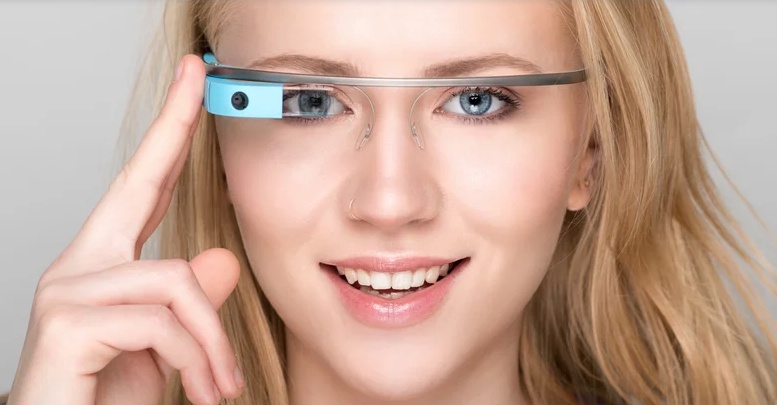Outline
- Introduction
- Google's Early Entry into Augmented Reality (AR)
- Development of Google Glass
- Challenges and Limited Success
- Apple's Entry into Augmented Reality
- Introduction of ARKit
- Integration of AR into iOS Devices
- Google's Response to Apple's AR Success
- Project Tango and Depth Sensing
- ARCore and AR Stickers
- Google's Mistakes and Failures in AR
- Lack of User-Friendly Hardware
- Fragmentation and Inconsistent Software
- Marketing and Branding Challenges
- Conclusion
- FAQs
Article
Introduction
Augmented Reality (AR) has been a fascinating field of technology that has captured the attention of both consumers and tech giants. In recent years, Google and Apple have been engaged in a race to dominate the AR space. Surprisingly, despite Google's early entry into AR, Apple managed to outshine its competitor in this realm. This article explores Google's journey into AR, the emergence of Apple's dominance, and the reasons behind Google's ultimate failure in the AR market.
Google's Early Entry into Augmented Reality
Google's ambition to explore AR dates back to 2012 when it unveiled a groundbreaking project called Google Glass. The innovative device promised to revolutionize how we interact with the world by overlaying digital information onto our physical surroundings. Despite its futuristic potential, Google Glass faced significant challenges. The high price, privacy concerns, and the perceived awkwardness of wearing the device in public hindered its widespread adoption. Google Glass became a niche product rather than a mainstream success.
Apple's Entry into Augmented Reality
While Google was struggling with the limitations of Google Glass, Apple identified the immense potential of AR and decided to take a different approach. In 2017, Apple introduced ARKit, a powerful framework for developers to create AR experiences on iOS devices. By integrating AR capabilities into the iPhone and iPad, Apple made AR accessible to millions of users worldwide. The release of ARKit marked a turning point for AR, as developers began unleashing their creativity and producing immersive AR apps and games.
Google's Response to Apple's AR Success
Realizing the threat posed by Apple's ARKit, Google shifted its focus and invested in alternative AR projects. One of the notable initiatives was Project Tango, which aimed to bring depth sensing and advanced AR capabilities to Android devices. However, Project Tango faced challenges in terms of cost and hardware requirements, limiting its adoption. In 2017, Google launched ARCore, a more accessible AR platform for Android, and introduced AR Stickers, allowing users to add virtual objects to their photos and videos. While these efforts showcased Google's technical prowess, they failed to match the seamless integration and user experience offered by Apple's ARKit.
Google's Mistakes and Failures in AR
Google's failure in the AR market can be attributed to several key factors. Firstly, the lack of user-friendly hardware hindered widespread adoption. Google Glass, despite its innovative features, was not designed with the average consumer in mind. Additionally, Google's approach to AR software was plagued by fragmentation and inconsistency. Multiple AR platforms and apps created confusion and limited the overall user experience. Moreover, Google faced marketing and branding challenges in positioning its AR offerings effectively, which allowed Apple to establish itself as the go-to brand for AR technology.
Conclusion
In the race to dominate the AR market, Google had an early start with Google Glass but failed to capitalize on its potential. Apple's strategic entry into AR with ARKit and seamless integration into iOS devices propelled the company to the forefront of AR adoption. Google's response, while technologically impressive, fell short in terms of user-friendliness, software consistency, and effective marketing. As a result, Apple outperformed Google and became the leader in the AR space.
FAQs
-
Q: What is augmented reality (AR)?
- Augmented reality (AR) is a technology that overlays digital information onto the real world, enhancing our perception and interaction with the environment.
-
Q: What is Google Glass?
- Google Glass was a wearable device developed by Google that aimed to provide augmented reality experiences through a head-mounted display.
-
Q: How did Apple enter the AR market?
- Apple entered the AR market by introducing ARKit, a framework that allowed developers to create AR experiences on iOS devices.
-
Q: What is Project Tango?
- Project Tango was an AR initiative by Google that focused on bringing advanced AR capabilities, including depth sensing, to Android devices.
-
Q: Why did Google fail in the AR market?
- Google's failure in the AR market can be attributed to factors such as lack of user-friendly hardware, software fragmentation, and marketing challenges.


No comments yet